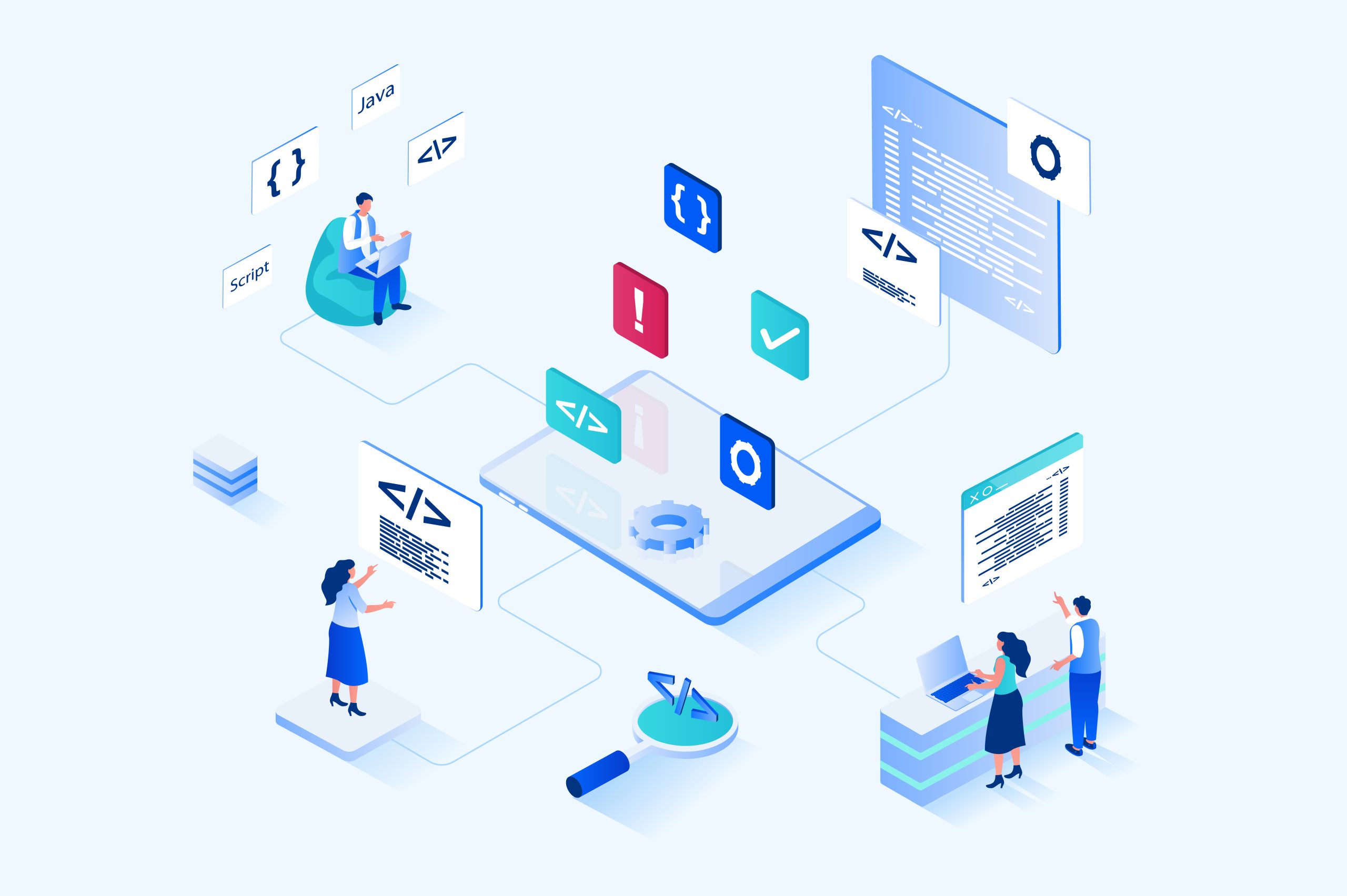10 Tips to Choose a Technology Stack for Web Application Development
In the dynamic and fast-paced world of web application development, the selection of a technology stack is a critical decision that can significantly impact the success and longevity of your project. Choosing the right set of technologies is akin to laying the foundation for a sturdy building – get it right, and your application will stand tall, adaptable, and scalable. In this in-depth guide, we will explore ten crucial tips to guide you through the process of selecting the most suitable technology stack for your web application development endeavors.
1. Define Your Project Requirements
Embarking on a successful web application development journey necessitates a comprehensive understanding of your project’s requisites. Delve into the intricacies of your application, identifying specific features you aim to incorporate, and anticipating the potential user traffic it may attract. This meticulous assessment serves as the cornerstone for aligning your development goals with the most fitting technologies for your project.
Understanding the nuances of your application at this stage is akin to laying a sturdy foundation for a building, ensuring that the chosen technologies not only meet current needs but also cater to future scalability and innovation.
2. Evaluate Scalability Needs
Scalability is a paramount consideration in the ever-evolving digital landscape. Predicting future growth is crucial, and selecting a technology stack that can seamlessly scale to accommodate increased traffic and evolving data needs is imperative. Technologies such as microservices architecture and serverless computing are exemplary solutions that enhance scalability and future-proof your application.
3. Consider Development Speed
In the competitive realm of web development, time-to-market can be a decisive factor. Opt for a technology stack that emphasizes rapid development without compromising on quality. Frameworks like Ruby on Rails and Django have gained popularity for their convention-over-configuration approach, facilitating faster development cycles and giving you a competitive edge.
4. Assess Community Support

The strength of a community around a technology stack speaks volumes about its reliability and popularity. Active communities provide invaluable resources, tutorials, and support forums. Opt for technologies with robust communities to tap into a wealth of collective knowledge, ensuring quick problem resolution and continuous improvement.
5. Factor in Maintenance and Upkeep
Beyond the initial development phase, the ease of maintenance is crucial for the long-term success of your web application. Evaluate the simplicity of updates, availability of security patches, and the abundance of skilled developers for your chosen technologies. A focus on maintenance ensures your application remains secure, up-to-date, and responsive to evolving needs.
6. Assure Cross-Browser Compatibility
Delivering a positive user experience requires seamless functionality across various browsers. Choose a technology stack that supports cross-browser compatibility and responsive design. Rigorous testing during development helps identify and address potential compatibility issues, ensuring a smooth and consistent user experience across different platforms.
7. Examine Security Features
Security is paramount in web application development. Evaluate the security features provided by the technologies in your stack, including encryption protocols, authentication methods, and protection against common vulnerabilities. Prioritize technologies with robust security frameworks to safeguard your application and user data against potential threats.
8. Evaluate Cost Implications
Budget considerations are integral to the decision-making process. Evaluate the cost implications of your chosen technology stack, factoring in expenses for hosting, third-party services, and ongoing maintenance. A well-planned budget ensures financial viability throughout your project’s lifecycle, preventing unforeseen financial hurdles.
9. Check Integration Capabilities
Most web applications necessitate integration with third-party services or APIs. Choose a technology stack that supports easy integration with external services. Assess the compatibility and availability of libraries or tools that facilitate seamless integration, ensuring your web application can leverage external functionalities effectively and efficiently.
10. Future-Proof Your Technology Stack
In the rapidly evolving tech landscape, future-proofing your web application is paramount. Select technologies with a roadmap for continued development, avoiding reliance on deprecated or obsolete technologies that may hinder adaptability to emerging trends. A forward-thinking approach ensures your application remains relevant, competitive, and adaptable over time.
Conclusion
Choosing the right technology stack is a pivotal aspect of web application development. By following these ten tips, you can make informed decisions aligned with your project’s goals, contributing to its overall success. As you embark on this crucial journey, consider AAMAX as your steadfast partner for custom website design, web app development, and digital marketing services. Our experienced team is dedicated to providing unparalleled support, helping you achieve your online goals. Contact AAMAX today to explore how we can contribute to the success of your web application development project and ensure a robust digital presence that stands the test of time.
How to Use AI-Powered SEO Tools for WordPress eCommerce
SEO is a critical factor in the success of any e-commerce WordPress store. As competition…
0 Comments11 Minutes
Why Short-Form Videos Are the Future of Content Marketing
Your Instagram customers spend over 50% of their time watching short-form videos and reels. Rather…
0 Comments12 Minutes
The Role of Digital Marketing in Business Growth
Online marketing touches every aspect of a business, whether it is initiating the idea or for an…
0 Comments3 Minutes
AI Meets Authenticity: Balancing Automation and Human Touch in Content Marketing
Is your brand starting to sound like a robot? In a world where algorithms write faster than any…
0 Comments8 Minutes
Essential Tools for Enhancing Web Design and UX Hosting
Have you ever visited a website that felt slow, clunky, or confusing? A website that is poorly…
0 Comments11 Minutes
How a Mini Cart Transformed My Store’s Shopping Experience
Okay, real talk—running an online store is hard. You think you’ve got everything figured out, you…
0 Comments9 Minutes
Balancing Your Security Initiatives With Industry Compliance Requirements
Managing a business today comes with a number of daily battles that need to be fought. Resources…
0 Comments11 Minutes
Best plugins to enhance the customer shopping experience
Customer experience is a key part of every online store. A good experience helps customers find…
0 Comments7 Minutes








